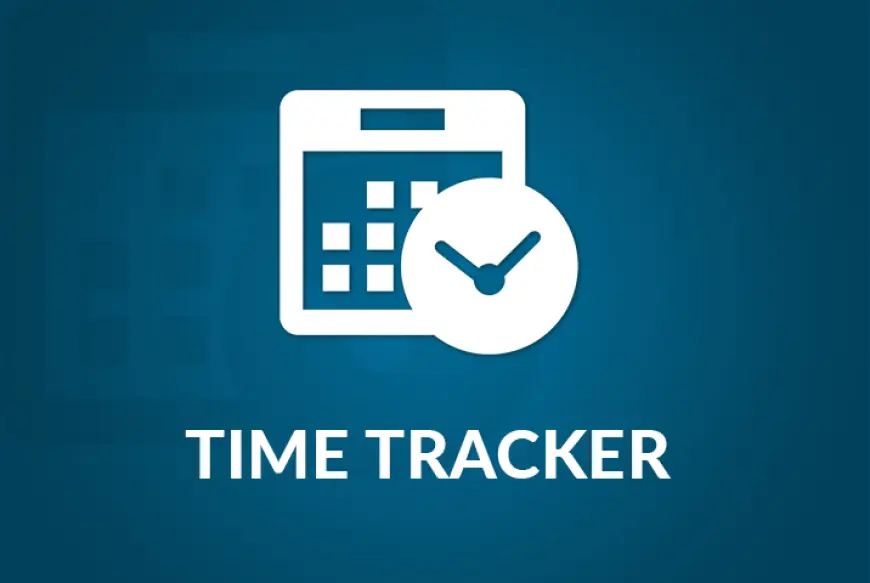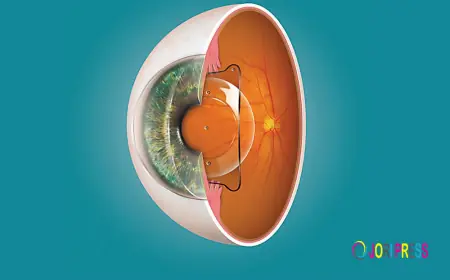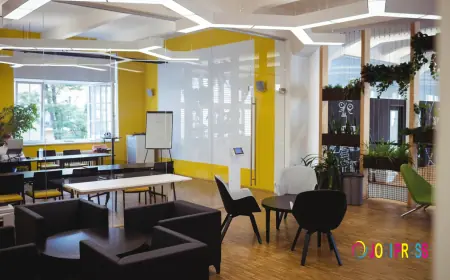The Complete Guide to Active Idle Time Tracking
In the ever-evolving landscape of remote and hybrid work environments, ensuring consistent productivity while respecting employee autonomy is a delicate balance. Businesses need clarity—not control—over how time is utilized across teams. That’s where Active Idle Time Tracking enters the scene, revolutionizing how organizations perceive and measure productivity.

In the ever-evolving landscape of remote and hybrid work environments, ensuring consistent productivity while respecting employee autonomy is a delicate balance. Businesses need clarity—not control—over how time is utilized across teams. That’s where Active Idle Time Tracking enters the scene, revolutionizing how organizations perceive and measure productivity.
In this guide, we’ll walk you through the fundamentals of active idle time tracking, how it works, and why integrating it with Time Tracker Software, especially those offering Real-Time Tracking and Automated WorkTime Tracker features, is becoming essential for today’s businesses.
What is Active Idle Time Tracking?
Active Idle Time Tracking is a system that monitors user activity and detects when a user is actively engaged versus idle during work hours. It tracks keyboard movements, mouse activity, and app usage to determine whether an employee is working or not. Rather than making assumptions based on login/logout times, this method captures actual engagement.
When paired with modern Time Tracker Software, this approach gives organizations a comprehensive view of how time is spent throughout the day, identifying productivity gaps and areas for optimization.
Why Does Active Idle Time Tracking Matter?
Understanding idle time isn't about micromanagement—it's about insight. With a growing number of businesses operating remotely or in hybrid models, there’s a stronger need for Automated WorkTime Tracker tools that offer clarity and data-driven transparency.
Idle time doesn't always mean wasted time. It could be a result of attending meetings, taking lunch, brainstorming, or switching tasks. The key is to understand the context. Accurate tracking systems help distinguish productive idle moments from those that require attention.
Key Features to Look for in Time Tracker Software
When choosing a system for active idle time tracking, prioritize software with the following features:
1. Real-Time Tracking
Real-time visibility is crucial. With Real-Time Tracking, managers can get live insights into employee activity, work patterns, and engagement. This feature allows for quick intervention if productivity dips, reducing project delays and improving workflow efficiency.
2. Automated Alerts and Reports
An ideal Automated WorkTime Tracker automatically sends reports and alerts for extended idle periods or unusual work behavior. This helps HR teams and managers address issues proactively without manual oversight.
3. Application and Website Monitoring
Monitoring the type of apps or websites visited during idle periods can help in classifying time as productive or unproductive. This encourages accountability while respecting employee privacy through ethical tracking policies.
4. Activity Level Graphs
Graphical representation of activity levels helps visualize patterns in productivity. These can be beneficial in coaching, scheduling breaks, or even planning workday structures based on energy peaks.
Benefits of Active Idle Time Tracking
1. Enhanced Productivity
With data-backed insights into how work time is distributed, teams can tweak their routines to focus more on high-value tasks. This can lead to noticeable increases in overall productivity.
2. Accountability Without Micromanagement
Time tracking software fosters a culture of trust and accountability. Employees become more aware of their work habits and take ownership of their time without feeling watched.
3. Resource Optimization
Knowing when and where idle time occurs helps businesses streamline processes, assign tasks more efficiently, and reduce unnecessary costs.
4. Improved Work-Life Balance
Contrary to popular belief, tracking idle time can improve employee well-being. By identifying burnout trends or excessive work periods, organizations can encourage healthy breaks and work-life boundaries.
How to Implement Active Idle Time Tracking Effectively
1. Communicate Transparently
Before rolling out any tracking software, ensure your team understands why it’s being implemented. Emphasize its role in improvement—not punishment.
2. Choose the Right Tool
Use a trusted Time Tracker Software with built-in idle detection, Real-Time Tracking, and robust reporting capabilities.
3. Customize Settings
Set reasonable idle time thresholds (e.g., 5-10 minutes), customize break settings, and ensure flexible configurations that align with your team's unique workflows.
4. Respect Privacy
Use tracking tools ethically. Avoid intrusive screen recordings or excessive monitoring of non-work-related activities. Many tools offer anonymized or aggregate data views to maintain employee trust.
5. Analyze & Act
Use the data collected not just for performance reviews but also to restructure workloads, balance team responsibilities, and improve project timelines.
Integrating With Other Tools
Modern Time Tracker Software often integrates with project management platforms like Asana, Trello, Jira, and Slack. This enables seamless task tracking and makes time logs more actionable in the context of project deadlines and deliverables.
With integrations, the data collected from Automated WorkTime Tracker tools can directly inform task priorities and resource allocation, leading to more efficient project execution.
Common Challenges and Solutions
| Challenge | Solution |
|---|---|
| Employee Resistance | Maintain open communication and involve employees in decision-making. |
| Misinterpretation of Idle Time | Use qualitative analysis in tandem with time logs to add context. |
| Privacy Concerns | Opt for privacy-conscious tools that allow customization and transparency. |
FAQs
1. Is Active Idle Time Tracking legal?
Yes, in most jurisdictions it’s legal as long as employees are informed and consent to the tracking. Transparency and ethical use are critical.
2. Can idle time be productive?
Absolutely. Not all idle time is bad. It could involve thinking, strategizing, or attending meetings without using a keyboard or mouse. The context behind idle periods is vital.
3. What’s the best software for Active Idle Time Tracking?
Look for solutions offering Automated WorkTime Tracker capabilities, Real-Time Tracking, and integration with project management tools. StaffWatcher is one such platform known for its intelligent tracking solutions.
Final Thoughts
Active Idle Time Tracking is not just about measuring time—it's about understanding it. When combined with powerful Time Tracker Software, Real-Time Tracking, and automation, businesses unlock the potential to work smarter, not harder.
Whether you're managing a remote team or running a digital agency, idle time tracking offers a competitive edge by shining a light on how time flows through your organization. And in the world of business, time truly is money—so why not track it the smart way?
By empowering teams with the right tools and fostering a culture of openness, businesses can reap the rewards of both productivity and employee satisfaction. Start exploring automated tracking today and transform the way you work, one minute at a time.
What's Your Reaction?
 Like
0
Like
0
 Dislike
0
Dislike
0
 Love
0
Love
0
 Funny
0
Funny
0
 Angry
0
Angry
0
 Sad
0
Sad
0
 Wow
0
Wow
0

















































